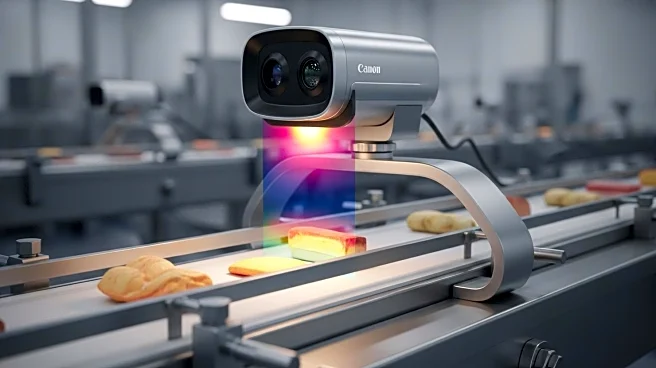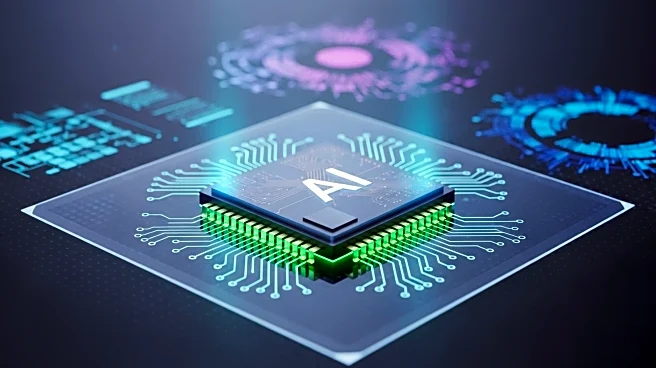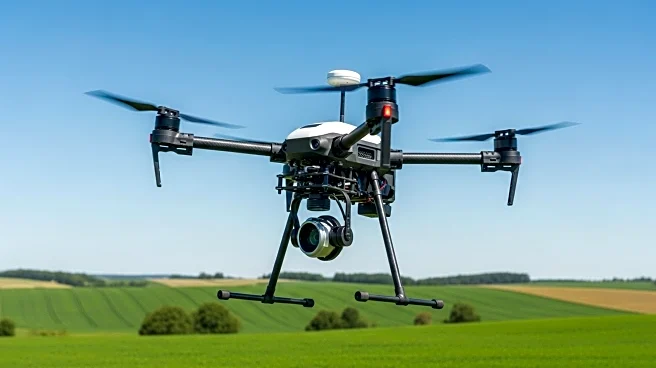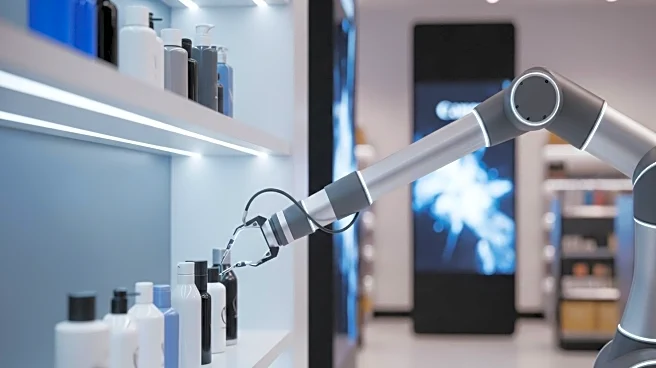What's Happening?
Bytronic Vision Intelligence is revolutionizing food safety through the integration of thermal vision technology in food production lines. The company has developed solutions like TempCheck and TempComply, which utilize FLIR cameras and smart software to monitor and control thermal activity in real-time. These systems are designed to protect assets, ensure compliance, and maintain production efficiency by identifying potential fire risks and verifying cooking compliance. The technology replaces manual checks with automated, in-line inspections, providing full traceability and reducing the risk of recalls.
Why It's Important?
The implementation of thermal vision technology in food production is crucial for enhancing safety and efficiency. By providing continuous monitoring and real-time alerts, these systems help prevent fires and ensure that food products meet safety standards. This advancement is significant for the food industry, as it reduces the likelihood of costly recalls and enhances consumer trust. Companies adopting this technology can benefit from improved asset protection and compliance, leading to more consistent and safer food production processes.
What's Next?
As thermal vision technology becomes more integrated into food production, companies may need to focus on custom integration, testing, and calibration to optimize performance. The use of AI and deep learning in these systems suggests a trend towards more complex and accurate inspection processes. Future developments may include expanding the application of thermal vision technology to other areas of manufacturing, potentially leading to broader industry adoption and innovation.
Beyond the Headlines
The integration of thermal vision technology in food production raises important considerations regarding the ethical use of AI and data privacy. As these systems become more sophisticated, companies must ensure that data collected during inspections is handled responsibly. Additionally, the shift towards automated inspections may impact employment in the industry, necessitating discussions on workforce adaptation and training.











